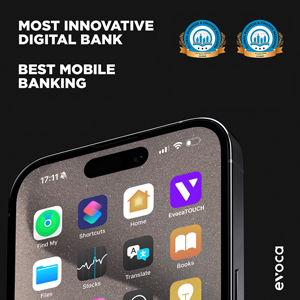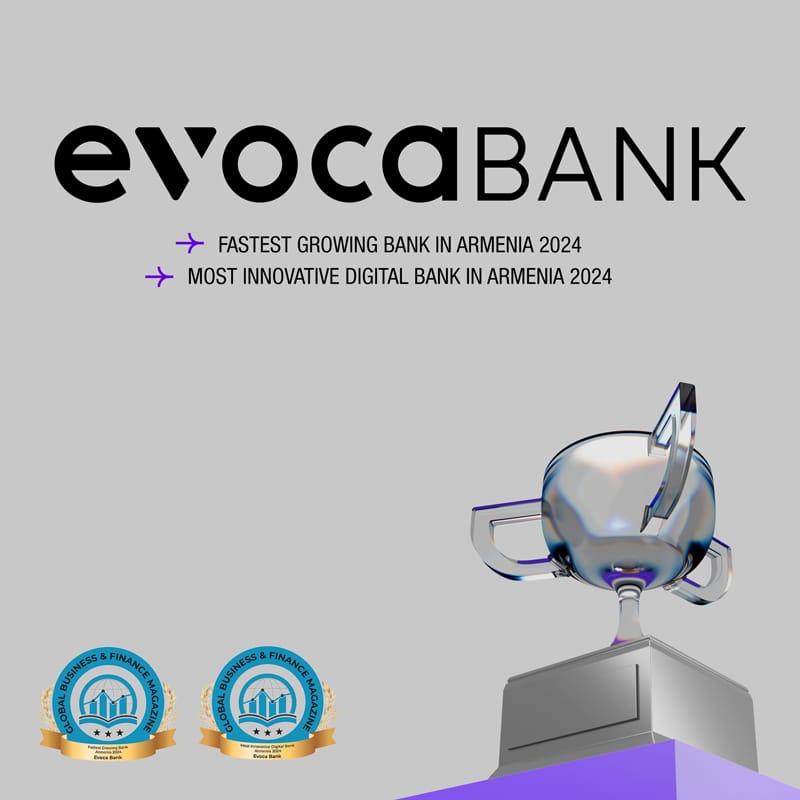Digital transformation involves how organizations use technology, people, and processes to deliver value in an increasingly connected world by reimaging their business processes. For governments, this means moving beyond digitalizing existing processes to creating entirely new ways of serving citizens and making decisions. India has positioned digital transformation as a cornerstone of its Viksit Bharat goals, driving inclusive growth and systemic reform.
The Digital India program, launched in 2015, aims to transform the country into a digitally empowered society and knowledge economy through core components of digital infrastructure, digital delivery services, and digital literacy. Digital Public Infrastructure (DPI) has further amplified this transformation, mobilizing participation at scale. Ever increasing digital initiatives have altered the data landscape of the country. Unprecedented volumes of administrative and transactional data had been generated as our digital footprints increased, and as a result, the country plunged into the era of data deluge.
In this digital era, National Statistics Offices (NSOs), across the world face mounting pressures for producing more granular and contextualized data. However, traditional systems by design are insufficient to harness data sources needed to track complex developmental goals. The old systems cannot handle new data, and there is a risk of NSOs becoming irrelevant if they continue with their old ways. The Indian NSO, acing the same risk, decided to equip itself to handle unprecedented volume, variety and velocity of data to meet ever increasing user expectation. Digital transformation for the National Statistical System was started with the objective of creating an agile, responsive, and modern system by embedding technology into the organization’s workflow.
What are the challenges?
Globally, statistical agencies are grappling with challenges around digital infrastructure, institutional capacity, organizational change, and the need for a cultural shift. India’s National Statistical Office is likewise navigating these complex dynamics involving people, processes and technology.
The toughest barriers aren’t technical, but rather human. Lack of data management personnel and fragmented institutional knowledge had been major roadblocks. Agile sprints became marathon exercises, with every initiative needing extensive change management processes. Every product owner wanted their data to be prioritized first, turning straightforward data transformation into complex negotiations. The culture of winning together was sorely missed.
There were no established processes to implement cross vertical initiatives like digital transformation. Organization as a whole was found to be non-existent at the institutional level. The first transformational step was the creation of a Central database for all our legacy data; about 41,000 tables in PDF/Excel and extending it for future datasets. The process required involvement of the product owners for seamless integration into the production and dissemination stage. However, each vertical has its own priority and timelines to meet. The transformation could never get due priority. Add to it the numerous emails and meetings needed even for minor issues to be sorted out, while having a big procedural roadblock before we rolled over to the next step.
The NSO faced a classic dilemma between the “open source first” policy and users’ preference for familiar licensed tools. The concerns of security and user comfort weighed heavily on the decision-makers while adopting practices like cloud infrastructure & open source. True agility demanded open-source services in managed cloud environments, but implementing them in the context of legacy systems became much more than a simple infrastructure upgrade due to resistance emanating from fear of unknown.

Our Digital Transformation Pillars
Against this backdrop of data deluge and evolving user expectations, NSO India embarked on its own digital transformation anchored in leadership support, User-Centricity, Incremental Progression, Capacity and Collaboration.
Leadership support is key to any transformational initiative. The unconditional support of the top management of NSO was the guiding force behind what could be achieved in a short span of time. Digital transformation was given top priority. The approvals were rapid, and autonomy was given at the implementation level clearly drawing boundaries. The broad strategies once finalized were not altered, and continuity was maintained. The leadership ensured that the digital transformation becomes a shared responsibility overcoming organizational inertia.
It was a conscious decision to have user-centricity as the guiding principle of digital transformation. Technology was used to solve real problems. By focusing on datasets most critical to users, internal conflicts were reduced and resulting in quick wins which built user trust. These visible improvements in accessibility and process efficiency encouraged stakeholders to support modernization.
Digital transformation adopted an incremental approach that prioritized learning over perfection. Rather than attempting large-scale rollouts, the strategy centered on pilots that validate concepts before expansion. Central to this approach are staggered adoption of products and processes for transformation. Each pilot served as evidence that open-source solutions could be deployed securely and successfully. This balance of experimentation and control enabled us to modernize rapidly with user comfort.
Collaboration became a central tool to manage capacity constraints, technological dilemmas, and governance hurdles. Deciding architecture and technology stacks through a central committee representing all stakeholders ensured that everyone felt valued, and shared responsibilities became the norm.
The capacity constraint, especially around emerging technology, was overcome by collaborating with academia and other organizations working for common causes. Collaboration with the World Bank had led to the revamp of microdata portal and the partnership with IIT-GN resulted in successful conduct of Hackathon. Embedding innovation frameworks systematically through the Data Innovation Lab successfully demonstrated how statistical offices can embrace technologies without massive upfront investments and core operations.

Early wins & impact
The Indian National Statistics Office replaced paper surveys completely with tablet-based Computer-Assisted Personal Interview (CAPI) through their e-Sigma application. The results were immediate: GPS-tagged responses and real-time validation meant fewer errors and faster processing. The e-Sankhyiki and microdata portal exemplify India’s commitment to making data accessible. With more than 175 survey datasets and 135 million records of time-series data available through APIs, the lack of data accessibility became a thing of the past. The NSO India website has recorded more than half a million visits every month for the last one year showing enhanced interest of user in NSO data.
This ongoing journey tells us that Transformation isn’t just about adopting technology, but it’s more about reimagining how statistical systems should serve society in the digital age. NSO, India experience demonstrates that comprehensive digital transformation is achievable even with complex governance structures. The shift in approach from ‘publish and hope’ to ‘engage and empower’ reflects a fundamental change in mindset: NSO India no longer views itself merely as a data custodian but as an active enabler of evidence-based decision-making for “Viksit Bharat”.
Source : World Bank





































































